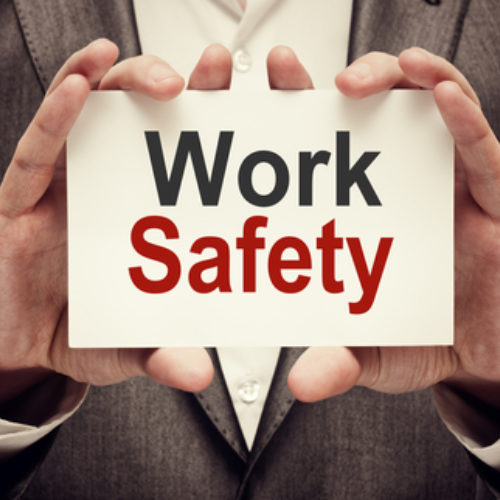
Workplace violence isn’t part of a nurses job, yet, the frequency of occurrence has been increasing to the point that in 2018 the Joint Commission identified the risks of workplace violence to health care workers as a Sentinel Event. The incidents of violence may be even more than realized since much of the time acts of workplace violence go unreported.
As a travel nurse, working on a new unit can be exciting, but being unaware of the exits or the layout of the floor can put you at risk if a patient or visitor becomes violent. This, combined with a lack of knowledge of known patients with a history of violent behavior, or having uncertainty about workplace policies can increase your risk. Taking the time to develop an awareness of the risks of workplace violence can help to maintain your safety, and be applied to any nursing setting.
Know the Risks
Healthcare workers are four times more likely to lose work time from workplace injuries. The healthcare environment is often structured for caring for patients and basic tools such as a pen, sharps, or a stethoscope, can be used as a weapon. Violence can include acts of verbal or physical aggression, or intimidating or harassing behavior. The highest risk of violence is usually associated with the emergency department, which often deals with unexpected, and acute, patient needs.
Other times nurses can be exposed to an increased risk of violence include when:
- Caring for patients with acute psychiatric needs
- Transferring patients
- Working with inadequate staffing
- Providing treatment that may cause discomfort or pain
- Patients become fearful or frustrated
- Patients wake from anesthesia
- Caring for patients with cognitive impairment, or substance abuse
- Working in a less controlled environment, such as home care
Evaluate the Environment
When you receive a new travel assignment, take some time to get to know your new work environment. Ask your supervisor about their policies and procedures for addressing workplace violence and evaluate the available safety measures, risks, and resources.
- When you arrive on the patient unit, determine the location of multiple exits, and ask how to contact hospital security. Take the time to review the available call systems, intercoms, and how to use them if you need assistance.
- When you enter the patient care area, evaluate the room, and the items within it, with a focus on safety. Check to see if the cabinets and drawers lock, as they may contain sharps or other medical supplies. Also, examine the area for any environmental risks such as extra cords, equipment, and proper lighting.
- While providing patient care, review their past medical history for a history of violence. Determine if you have the ability to increase visibility and obtain help quickly by leaving doors open.
Use Communication Skills
Many of nurse’s essential skills are rooted in communication. Assessing verbal and nonverbal behaviors displayed in body language can help determine if a patient’s behavior is beginning to escalate.
A few ways to utilize communication skills to reduce the risk of violence while providing patient care include:
- Avoid engaging or arguing with a patient who is attempting to use threats or manipulation to gain control
- Recognize escalating patient behaviors such as pacing, avoidance of eye contact, speaking in an elevated voice, or angry statements
- Speak calmly and set boundaries and establish limits of acceptable behaviors
- Attempt to distract or reduce stimuli that may be triggering the behavior
- Respect the patient’s personal space
- Speak up and share your concerns with coworkers or your supervisor to determine appropriate and safe interventions
Put Safety First
Communication skills aren’t just for caring for your patients, but can also assist you in having a voice to advocate to reduce workplace violence. An unsafe work environment can result in decreased job satisfaction, loss of work due to injury, and an inability to provide optimal patient care.
No matter what healthcare environment you’re working in, be sure to be aware of any risks to ensure you can maintain your safety, and that of your patients. It can enable you to provide the best care to your patients, and enjoy a career as a travel nurse.

